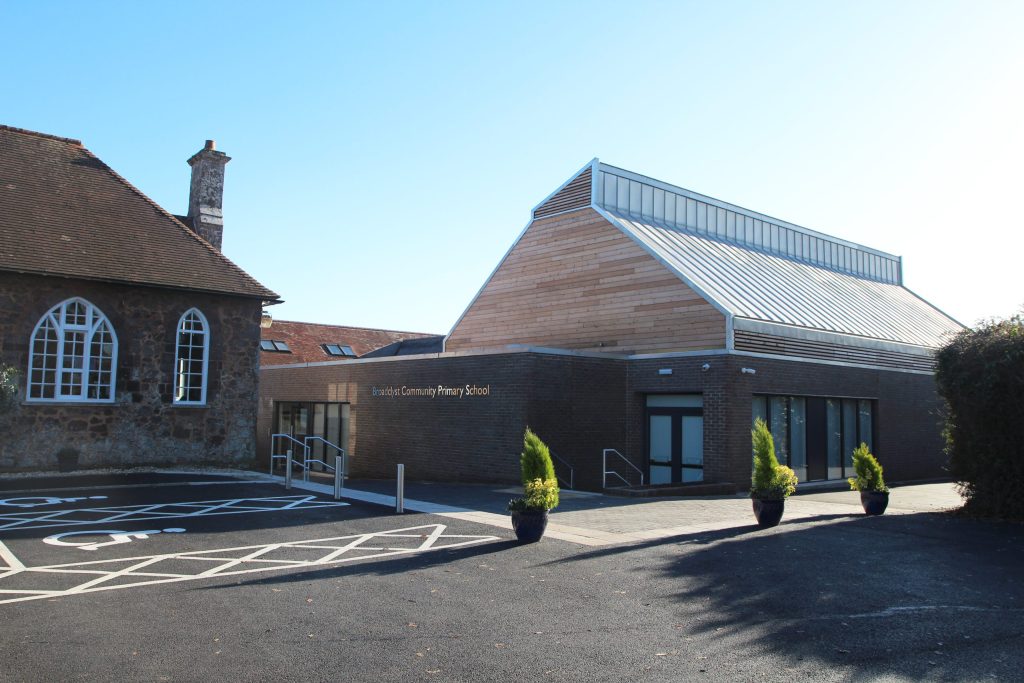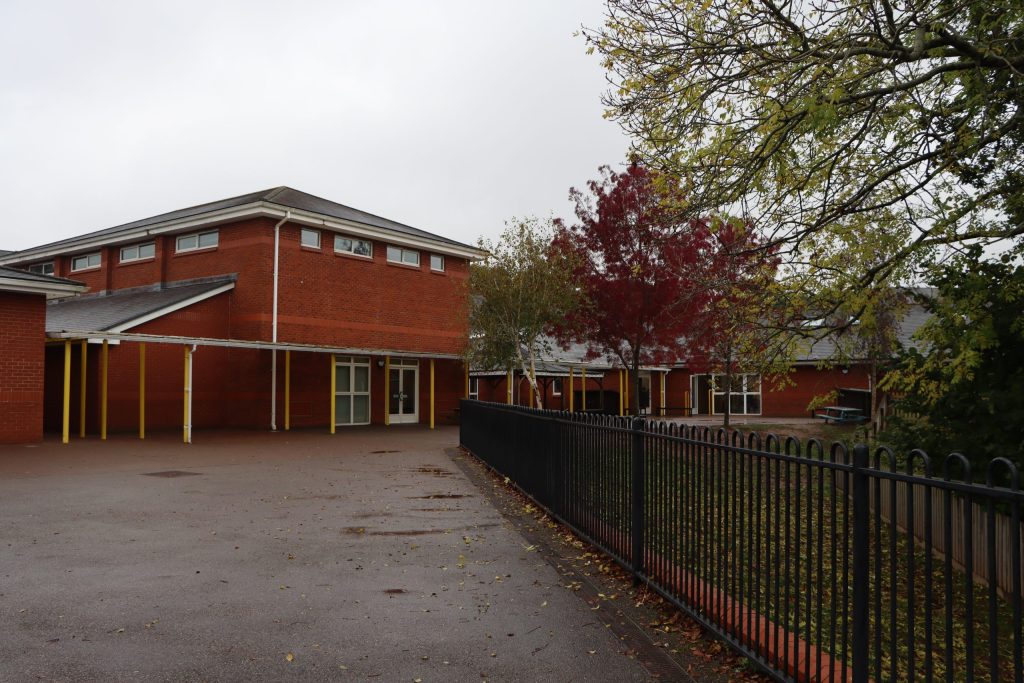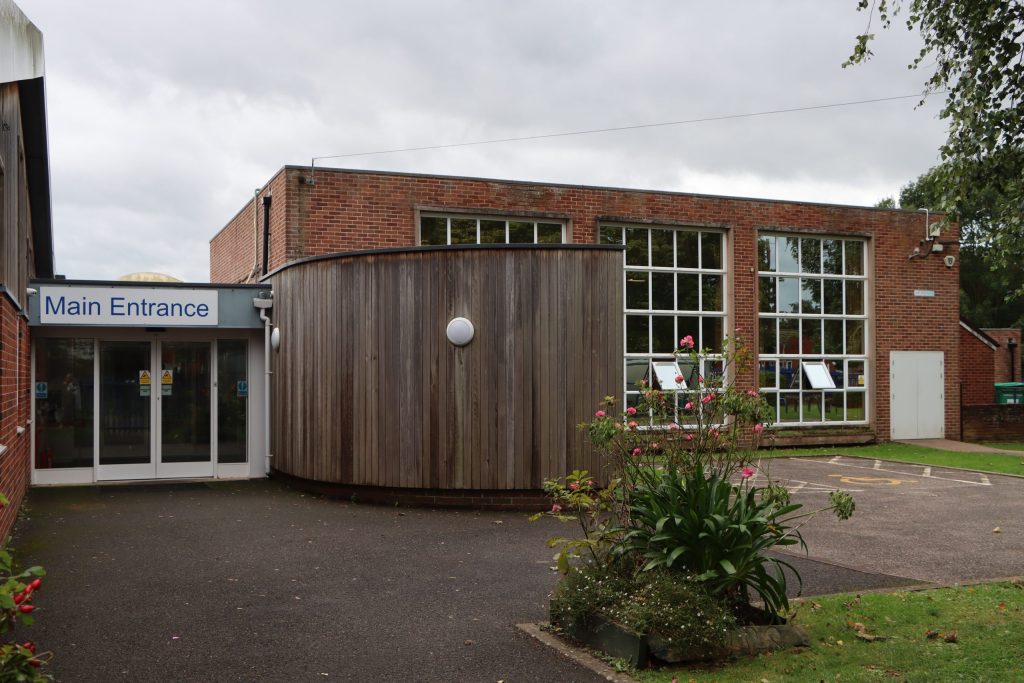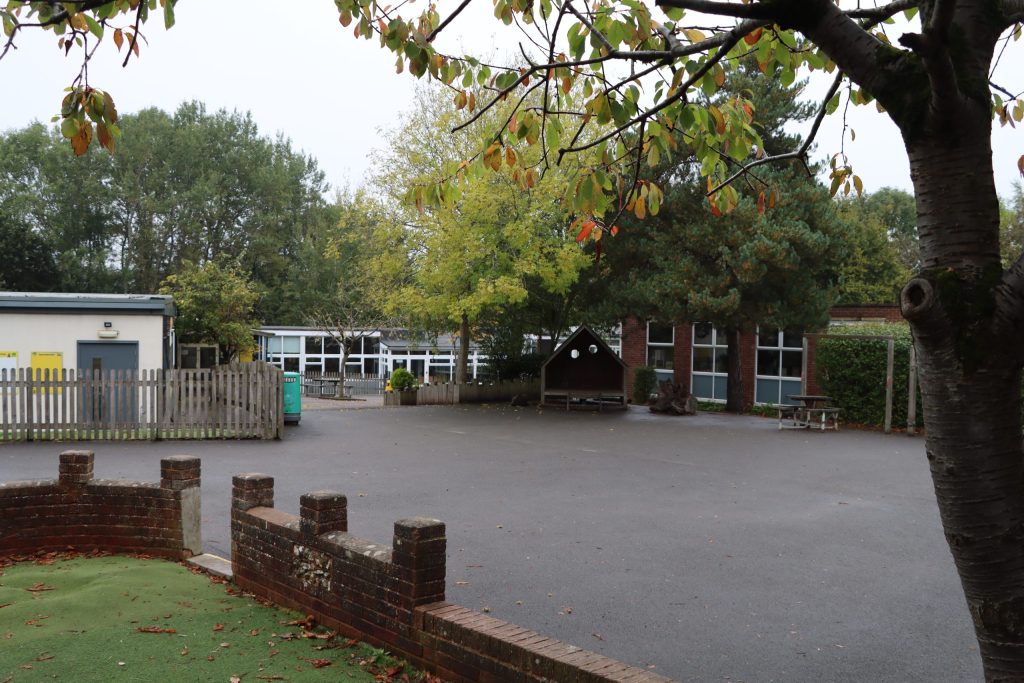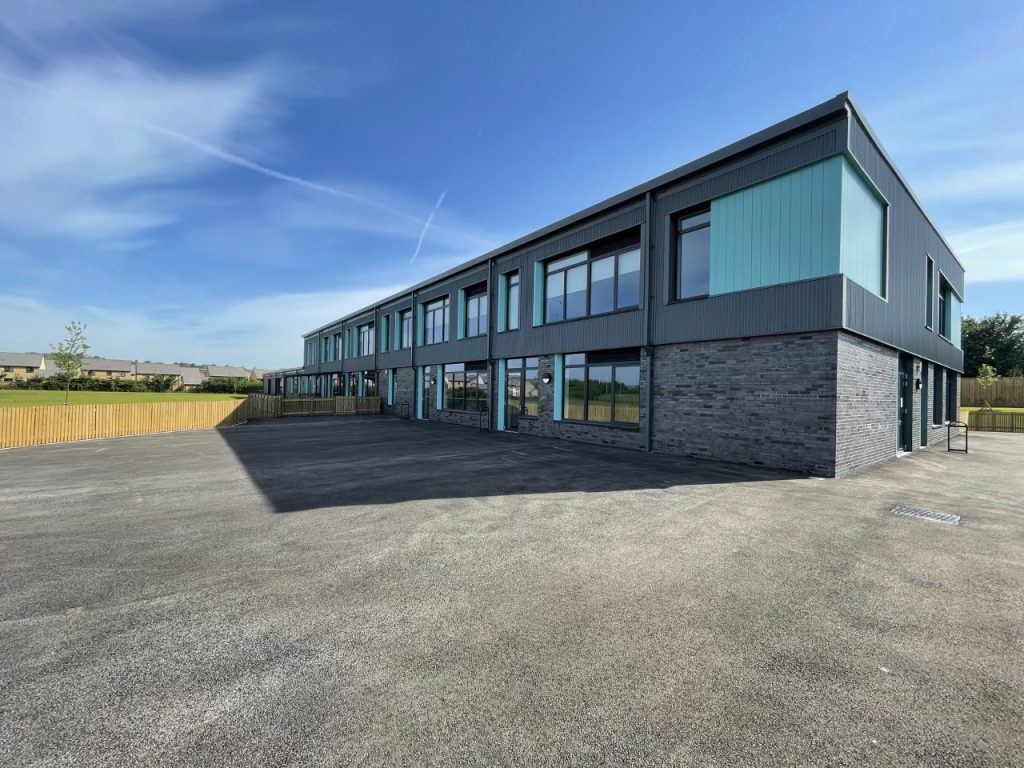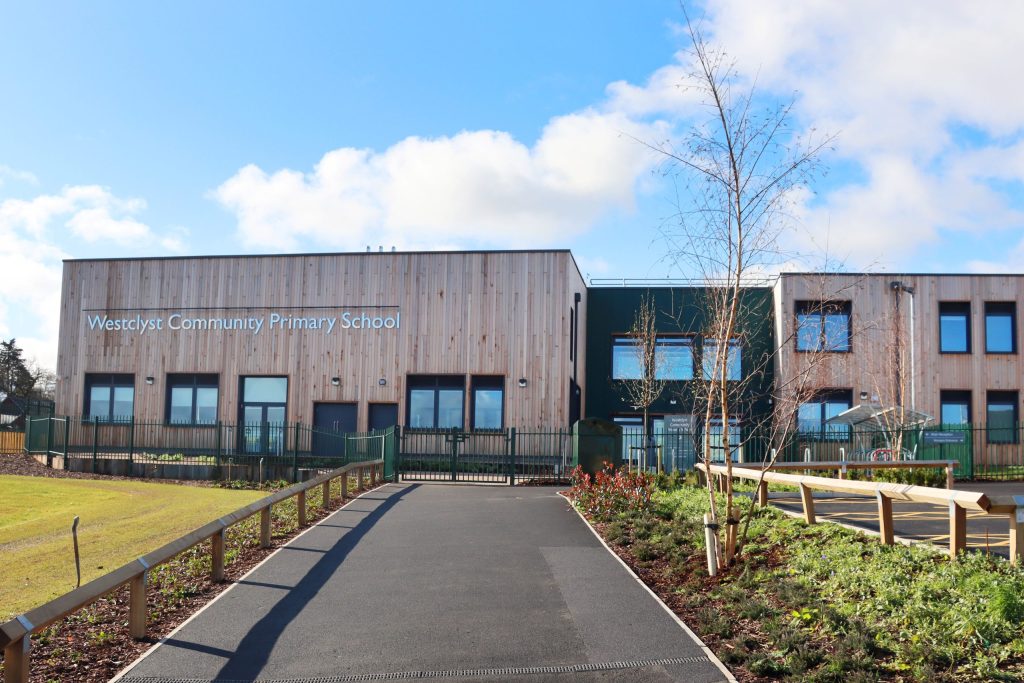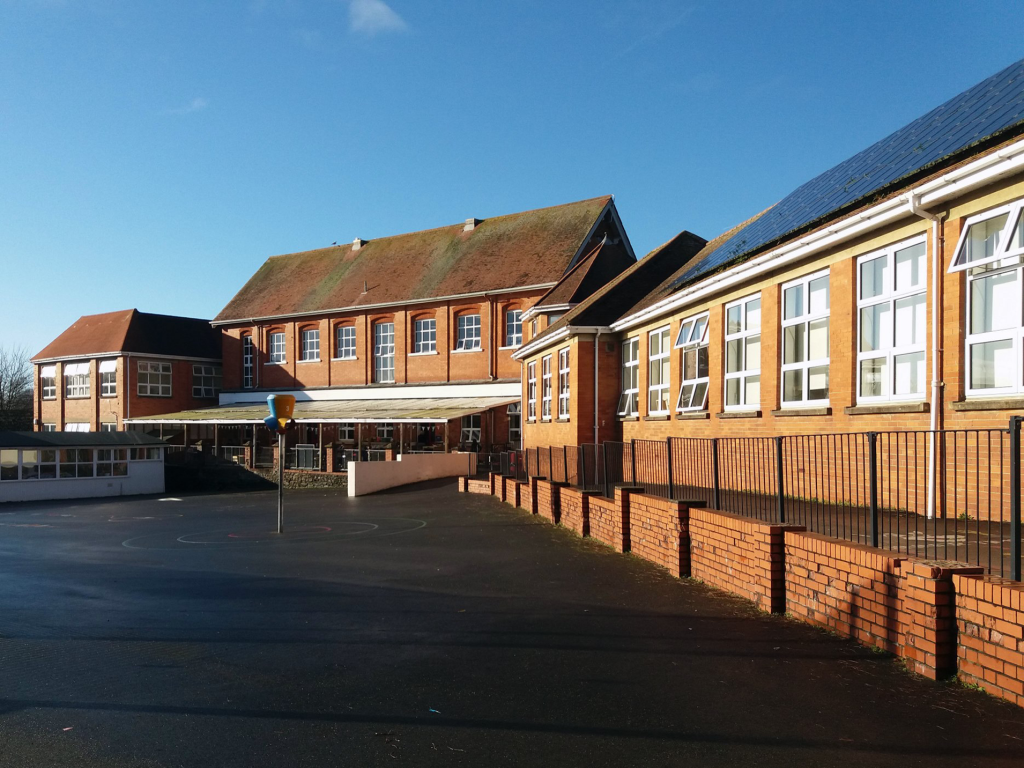Art
Our Art curriculum at Cornerstone nurtures creativity and artistic skills progressively from Year 1 through Year 6. Each year offers thoughtfully designed projects that build technical skills, artistic knowledge, and personal expression, inspired by famous artists and linked to cross-curricular themes. From exploring collage and painting in early years, through 3D ceramics and digital art, to advanced techniques like cubism and printmaking, students develop confidence, critical thinking, and a lifelong passion for art. Additional opportunities such as Art Squads and after-school clubs provide enrichment, allowing pupils to deepen their skills, collaborate, and participate in competitions and community events.
Nursery
In Nursery, pupils begin to explore their creativity through a wide range of sensory and artistic experiences. They are encouraged to experiment with colour, texture, and materials using paint, collage, clay, and natural objects. Children enjoy activities such as finger painting, printing, and model making, which help them to express their ideas and develop fine motor skills. Pupils are supported to talk about what they have made and how they made it, helping them to build confidence and pride in their creations.
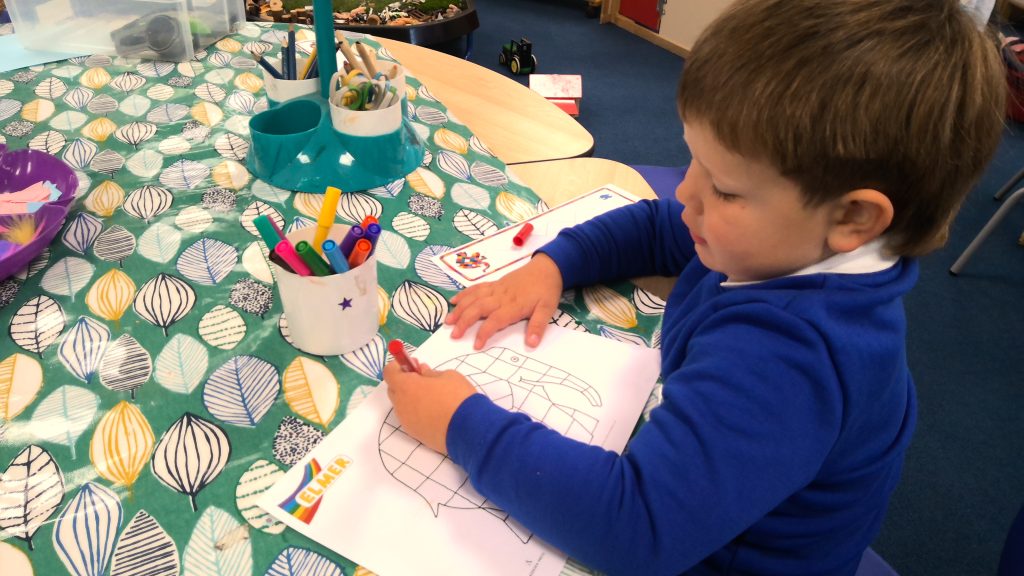
Expressive Arts and Design
The development of children’s artistic and cultural awareness supports their imagination and creativity. It is important that children have regular opportunities to engage with the arts, enabling them to explore and play with a wide range of media and materials. The quality and variety of what children see, hear and participate in is crucial for developing their understanding, self-expression, vocabulary and ability to communicate through the arts. The frequency, repetition and depth of their experiences are fundamental to their progress in interpreting and appreciating what they hear, respond to and observe.
Reception
In Reception, pupils continue to develop their artistic skills and imagination through more structured and exploratory activities. They learn to use a variety of tools and techniques to draw, paint, sculpt, and build. Children explore famous artists and styles, such as Jackson Pollock and Gustav Klimt, and are encouraged to create their own artwork inspired by these. They learn to mix colours, join materials, and plan their designs. Pupils also use art to support storytelling and topic work, such as designing rockets for space or creating animal masks. They are encouraged to talk about their work, share ideas, and reflect on what they might do differently next time.
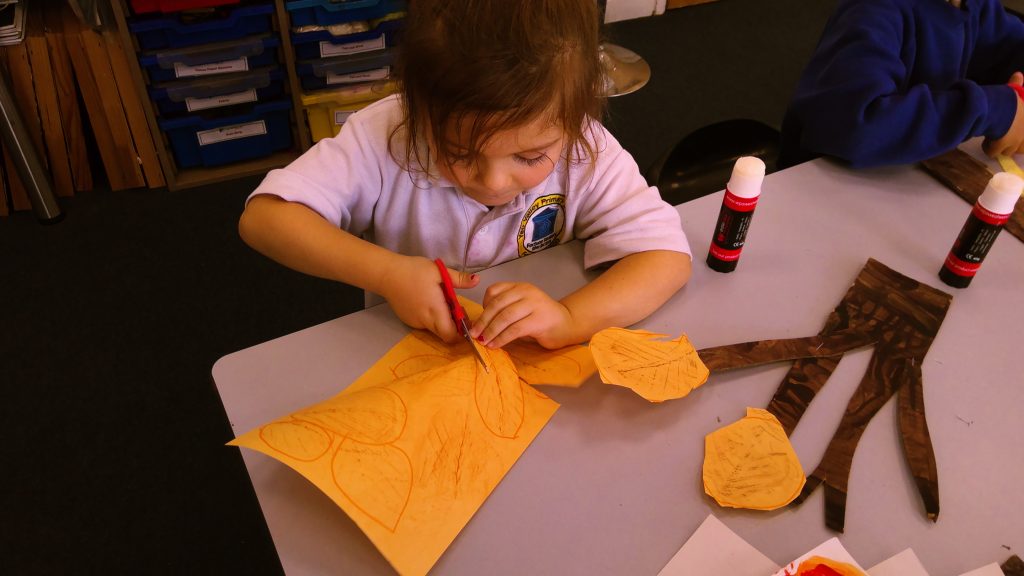
Expressive Arts and Design
The development of children’s artistic and cultural awareness supports their imagination and creativity. It is important that children have regular opportunities to engage with the arts, enabling them to explore and play with a wide range of media and materials. The quality and variety of what children see, hear and participate in is crucial for developing their understanding, self-expression, vocabulary and ability to communicate through the arts. The frequency, repetition and depth of their experiences are fundamental to their progress in interpreting and appreciating what they hear, respond to and observe.
Year 1
In Year 1, children explore a variety of materials and techniques to express their ideas creatively. They begin the year by recreating a Yvonne Coomber-inspired flower painting, experimenting with colour and brushwork. In the autumn, they design and paint their own Christmas baubles, developing fine motor skills and attention to detail. Later in the year, they create self-portraits using collage, construct and decorate hot air balloons, and explore drawing through half-and-half pencil sketches. The year ends with a vibrant underwater mixed media scene, encouraging imagination and confidence in their artistic choices.
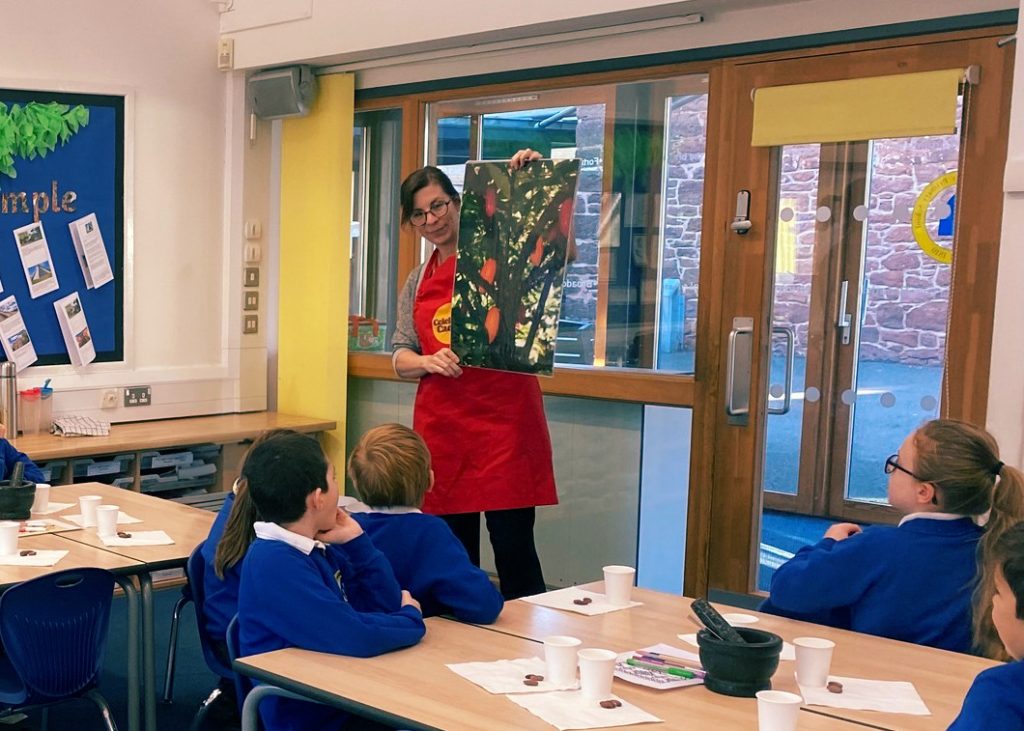
- Matisse Collage: We start the year with a collage project inspired by Matisse. Children will explore shape and colour. Developing their skills in cutting, sticking and arranging elements to make a final outcome.
- Minibeasts: Following on from a focus of shape Year one explore use of shape and line in drawing. They draw different minibeasts using different mediums, with a final piece using paint and drawing ink.
- Winter art: Before the festive break children in Year One will create a snowy owl picture using the skills learnt in Autumn projects; mark making, cutting and sticking.
- Hot air balloons: Children continue to develop their knowledge of primary and secondary colours, painting wonderful patterns for a hot air balloon artwork.,
- Yvonne Coomber: Children work on developing their fine motor control of a paintbrush and explore making marks with different objects to create a wildflower painting inspired by local artist Yvonne Coomber
- 3D Art: In Summer Two, we embark on a three-dimensional project where children learn to work with clay to create starfish.
- Story Art “The Tiger Who Came to Tea”: Throughout Summer Two, we delve into the story of “The Tiger Who Came to Tea,” creating impressive tiger pictures that use the skills learnt throughout Year One; Drawing/ mark making using line and shape and colour mixing.
Year 2
In Year 2, children build on their artistic skills through a range of projects linked to their wider learning. They begin with marbling techniques inspired by the Great Fire of London, exploring colour mixing and texture. In the spring, they create poppy prints, learning to draw, engrave, and print their own designs. They also study the work of Hundertwasser, experiment with still life flower compositions, and explore nature through Henri Rousseau’s jungle scenes. The year ends with detailed cactus observations, helping children refine their drawing and observational skills while developing their own artistic style.
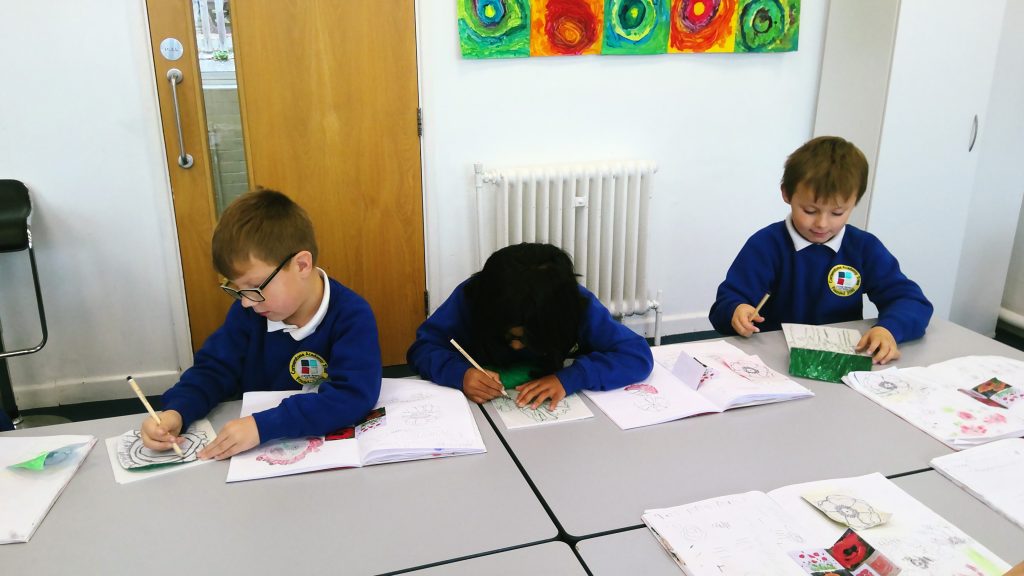
- Keith Haring Study: Students learn about the artist Keith Haring and create vibrant artworks of people dancing, focusing on bright colours and motifs. This project helps them understand the human figure and how to draw it in a simplified form.
- WW2 and Remembrance: After half term, the art project connects to their learning about WW2 and remembrance. Children learn about the significance of poppies and the process of relief printing, creating their own poppy prints.
- Winter Art: In Year 2 children will create their own watercolour penguin to take home before the festive period.
- 3D Project Inspired by Hundertwasser: The spring term starts with a 3D project inspired by the abstract artist Hundertwasser. Children create cardboard sculptures of houses, drawing inspiration from Hundertwasser’s unique building artworks.
- Impressionism and Monet: In Spring 2, students learn about the Impressionists, focusing on Monet, and create beautiful waterlily paintings. Expanding their artist and art history knowledge along with their painting skills.
- Henri Rousseau and Collage: In the summer term, children study the artist Henri Rousseau and create a collage of a tiger in a storm. During this project children focus on their cutting and sticking skills alongside developing the concept of composition through arranging the papers within their artwork.
- Drawing Skills: The final project of the year focuses on advancing drawing techniques. Students work on their use of tone and marks by drawing the other half of their self-portrait.
Year 3
In Year 3, children are encouraged to think creatively and solve problems through hands-on projects that require independent decision-making. They experiment with a range of materials, including textiles, clay, and paint, which helps them develop fine motor skills and technical confidence. Artistic challenges such as landscape composition and observational drawing foster resilience and adaptability. Pupils learn to plan, evaluate, and refine their work, building critical thinking and self-reflection. Collaborative activities nurture teamwork and communication, while individual projects promote personal expression. By the end of the year, children have a stronger grasp of artistic techniques and a growing ability to tackle creative challenges with confidence.
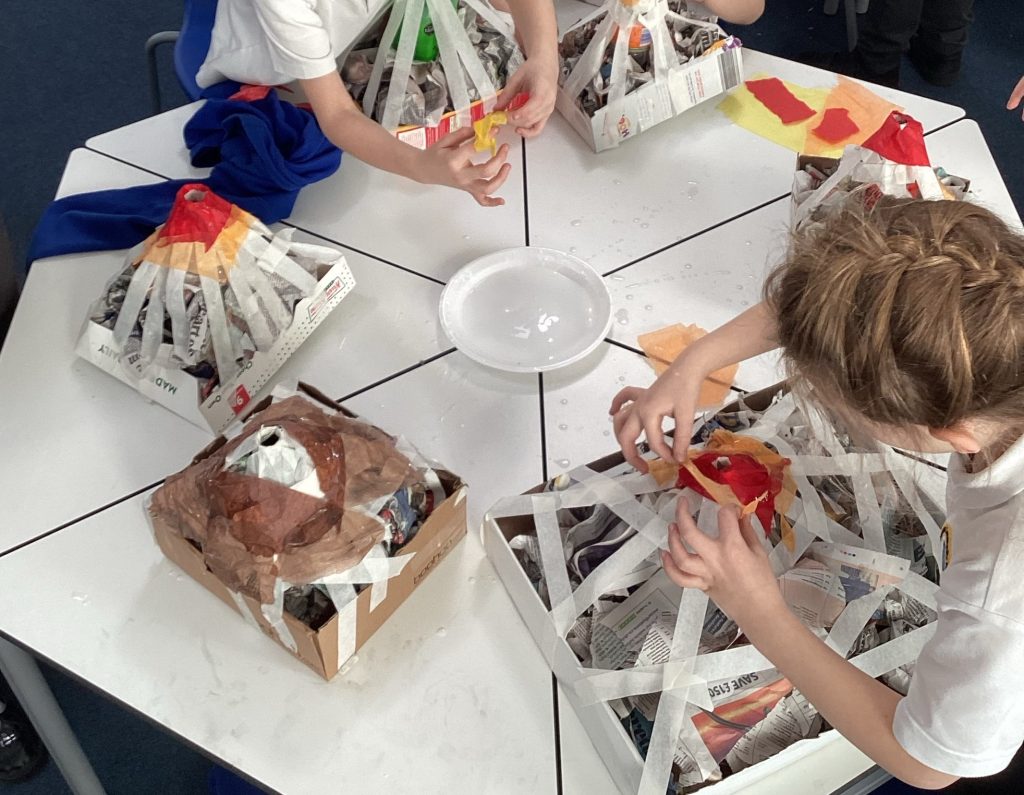
- Textile Landscape Project: Children explore the different seasons and capture their chosen season in a landscape made from textiles. This project encourages creative and critical thinking. They are involved in exploration with various fabrics and compositions. Using skills including sticking, painting, cutting, and sewing.
- Just three lines: Developing on from the textile landscape project Year 3 will create landscapes only using three lines. The project will help further understanding of the components that make up a landscape in a fun and challenging way.
- Winter art: Year Three create fabulous polar bear paintings using pen and water washes and well as watercolour paints.
- Clay coiled ceramics: Using the coiling technique, students learn to score and slip to attach clay pieces. They explore ceramicists using the coiling method and the interesting and imaginative ways to create their own ceramic piece.
- Yayoi Kusama: Inspired by the artist Yayoi Kusama, children are absorbed into the wonderfully abnormal world of Kusama’s art. For children’s final piece they create dot-filled imagery of different fruit, vegetables, fungi and flowers. The focus is on skills and knowledge involving pattern making, colour and paper cutting.
- Ancient Egypt Project: Students connect art with their class project the Ancient Egyptians. During this project children explore the headdresses worn by Ancient Egyptian Pharaohs and Gods. In their final piece they use mixed media to create a headdress for themselves as a Pharaoh.
- Flower Drawing: In the second half of the Summer Term Year 3 focus on developing skills in line and shape through drawing flowers. This project pushes children’s technical skill in drawing alongside their observation, drawing what they see.
Year 4
Year 4 builds on children’s independence, encouraging them to reflect on their own work and that of others to improve their artistic outcomes. Pupils explore digital art, abstract painting, and calligraphy, which broadens their understanding of different artistic styles and mediums. Projects are designed to challenge their problem-solving abilities, requiring them to experiment with new techniques and adapt to unfamiliar tasks. Children develop skills in layering, texture, and composition, deepening their technical knowledge. The curriculum fosters resilience by encouraging students to learn from mistakes and refine their ideas. By engaging in collaborative and individual projects, pupils become more confident in expressing themselves and critiquing art.
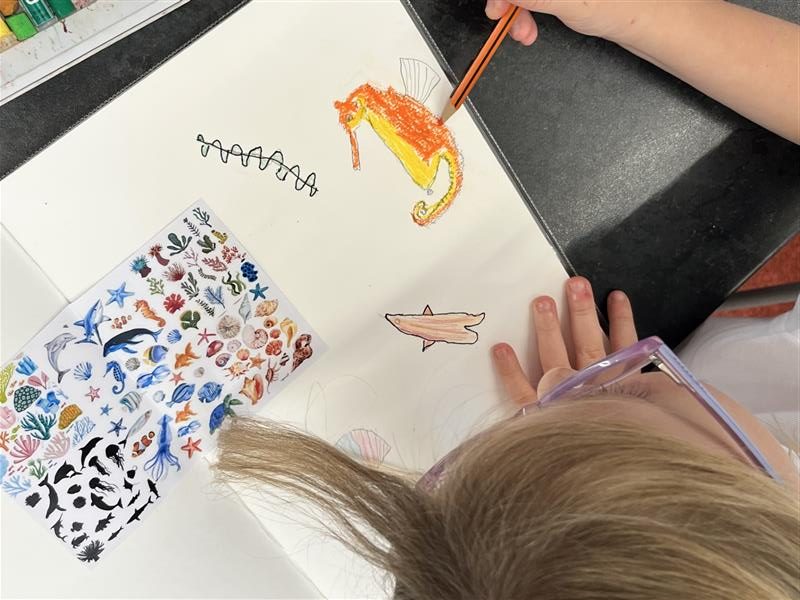
- Digital Art Underwater: To start Autumn Term Year Four explore digital art. They learn to use digital drawing apps to create an underwater scene. The focus is on the skill of building/using layers and using different digital brushes.
- Famous Women “Alma Woodsey Thomas”: Exploring the artist Alma Woodsey-Thomas, children learn about her life as an artist and her historic importance. They are inspired to create a colourful abstract painting on a canvas, building their understanding of what abstract art is.
- Winter art: For the festive period Year Four work on creating a picture of a winter fox. They will explore the use of texture using mixed media.
- Famous Women “Frida Kahlo”: Children learn about Frida Kahlo’s impact on the art world as a significant woman in history. They explore Kahlo’s portraits and focussing on drawing skills create a self-portrait.
- Fauvism Landscape: Delving into the Favism movement children learn about the style using expressive brush strokes and bright colours to create a painting of a landscape.
- Blackthorn Project: During the Summer term Year for take part in the Blackthorn Project which integrates art with other subjects. Each year is different as Children generate ideas for what they want to create. In the past it has involved observational sketches, 3D sculptures, paintings, and collages based on the given brief.
- Calligraphy: Children learn about the art of calligraphy across the world and work on developing their control over different mediums (ink, pencil, pen) to create a calligraphy style to express the meaning of a chosen word.
Year 5
In Year 5, children tackle more complex artistic challenges that require advanced problem-solving and creative thinking. They work with sculpture, printing, and digital art, building on skills from previous years and learning new techniques. Pupils are encouraged to observe closely, simplify forms, and experiment with texture and composition. Reflection and peer evaluation play a key role, helping children to analyse and improve their work. The curriculum promotes independence, adaptability, and resilience as students navigate unfamiliar materials and processes. By the end of the year, children demonstrate greater technical proficiency and a deeper understanding of how to approach and solve artistic problems.
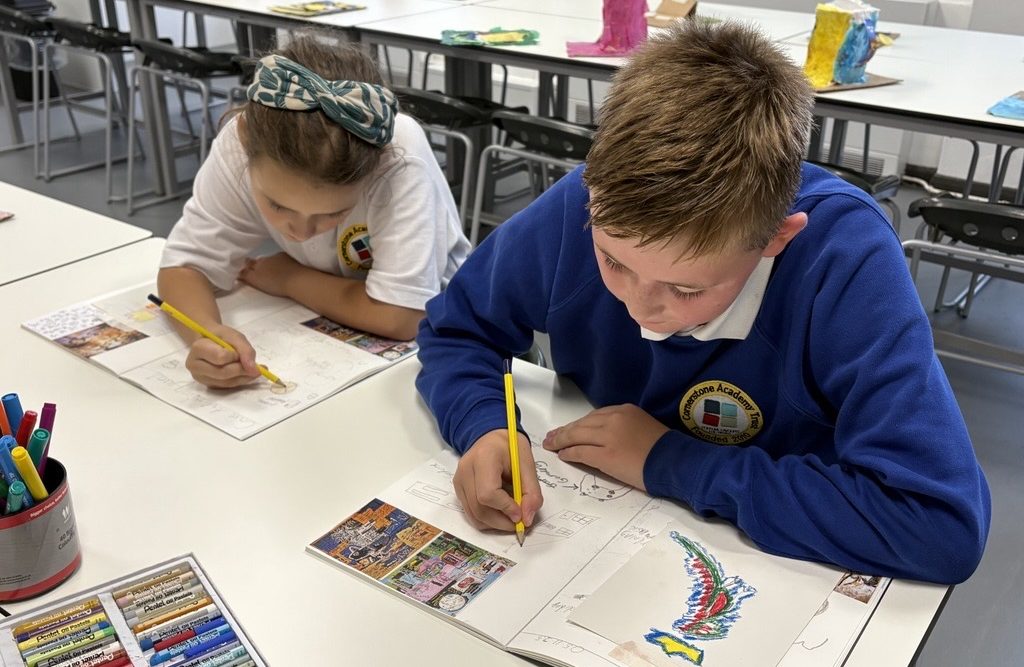
- Clay Sculpture Project: Inspired by Dame Barbara Hepworth, students create small sculptures, learning about negative space and shapes.
- Cave Art and Basquiat: After the half-term break, students look at the art and life of Basquiat. They create art filled with motifs and symbols that depict a quirky animal using inspiration from the figures and animals depicted in his artworks.
- Winter Art: Year Five create a beautiful painting of an owl as their winter art. Using the drawing skills developed in the Basquiat project of using simple shapes to create animals, children will bring their own creative flare to their owl adding unique and interesting patterns to the feathers.
- Landscape Painting: In the Spring term, students explore Devon landscapes and the work of local artist Heather-Bell Barlow. Building on from their understanding of landscapes in Year Three and Four projects, children create a watercolour painting of a landscape in Devon.
- Still Life Exploration: Students develop their drawing skills, focusing on observation and creating form in their drawings of still life objects. They explore using different mediums and choose which medium to make their final piece with.
- Collagraph Printing: Students learn the collagraph process, designing and making printing plates inspired by their still life observations. As they have spent time observing and learning the form of their chosen objects they now have to use skills to simplify their shape, use different materials for texture to make a successful print.
- Digital Art Exploration: Leading on from the still life and collagraph project, Year Five will take their still life art into its final form. Using digital drawing apps, children will build on the digital skills learnt in Year Four.
Year 6
Year 6 immerses pupils in sophisticated projects that push their creative and technical boundaries. Students study influential artists and movements, applying advanced techniques in 3D construction, collage, and digital painting. They are encouraged to critique their own work and that of their peers, developing analytical skills and artistic judgement. Problem-solving is central, as children experiment with form, colour, and composition to achieve their artistic vision. The curriculum fosters resilience and adaptability, preparing pupils to tackle complex creative challenges. By the end of Year 6, students are confident, reflective artists with a strong foundation for future artistic exploration.
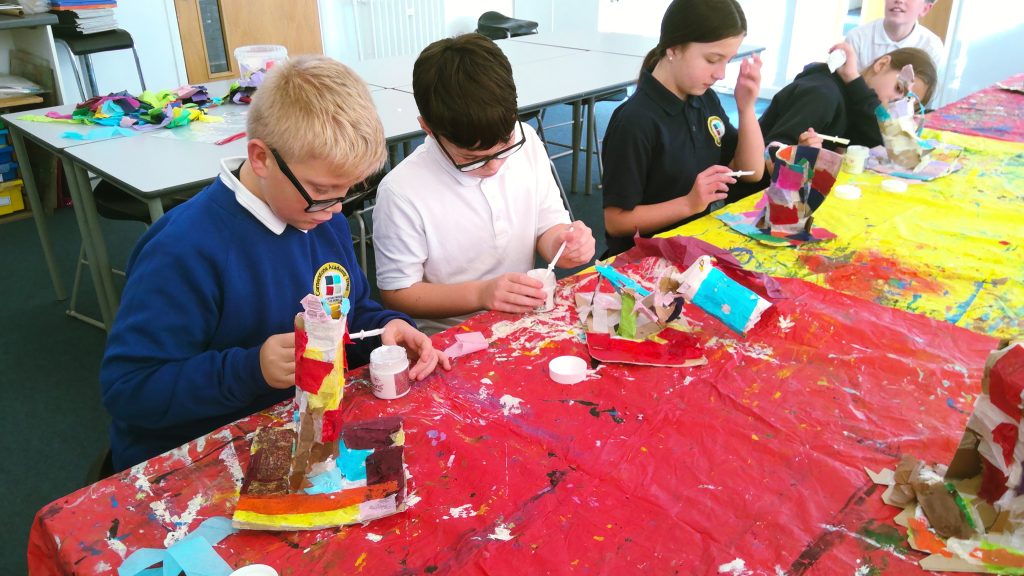
- Picasso and Cubism: In the second half of the term, students learn about Picasso and create a 3D cubist portrait.
- Collage Geode/Fossil: Inspired by the geodes and fossils found in rocks Year Six create a collage inspired by the colours found in geodes, on to a 3D surface of a fossil pattern they have created our of cardboard. The skills using card in Picasso portraits will support the development of creating 3D art.
- Winter Art: Before the festive break Year 6 work on a winter art piece, where they draw a realistic polar bear focussing on form, shadow and light in the medium of oil pastels.
- John Dyer Digital Art: Students enhance their digital painting techniques by creating animal-themed piece inspired by the Cornish artist John Dyer. During this project children have the chance to showcase their digital painting skills that they have been working on in previous years projects and refine their skills.
- Sunflower Paintings: Students explore the works of Vincent Van Gogh and Georgia O’Keeffe, painting detailed sunflowers on small canvases.
- Street Art: Inspired by the sea, students design and create monoprints, focusing on; line, shape, and texture.
Contact: admin@tcat.education
Phone: 01392 304040
© The Cornerstone Academy Trust 2025



